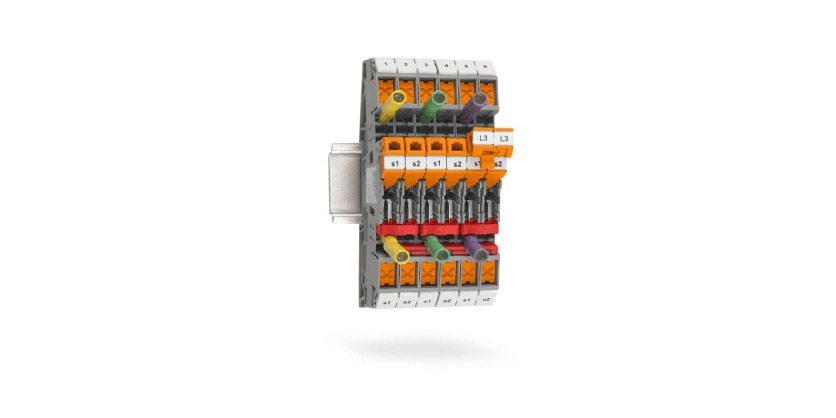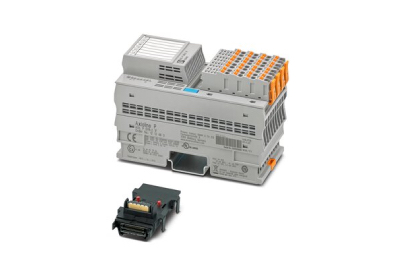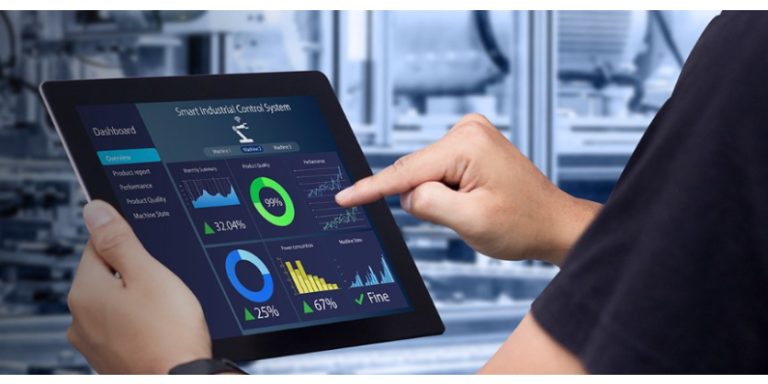Modern Measuring Transducer Terminal Blocks with Push-X Technology
May 2, 2024

The energy industry in particular benefits from the XTVMEA 6 measuring transducer terminal blocks
The key feature of the new XTVMEA 6 measuring transducer terminal blocks from Phoenix Contact is the automatically leading current transformer short circuit. This “make before break” function enables safe current transformer operation for all maintenance and testing tasks.
The new measuring transducer terminal blocks are equipped with effortless and tool-free Push-X connection technology. This technology is one of the fastest and most flexible connection technologies, as it is suitable for all types of conductors, whether with or without ferrules. Due to the lateral conductor connection, the terminal blocks provide large-surface, clearly legible connection markings.
The energy industry in particular benefits from the XTVMEA 6 measuring transducer terminal blocks. They are suitable for all measurement and protection applications. Full compatibility is ensured with the existing ME 6 terminal block series from Phoenix Contact. The new measuring transducer terminal blocks also feature an ergonomic design and two sets of three function shafts. The accessories from the Clipline complete system can also be used. There are also new accessories for performing a short circuit.
With the C-MEA… operating lever and the SB-MEA… plug-in bridge bars, several terminal blocks can be operated and short-circuited simultaneously. Feed-through terminal blocks and PE terminals of the same shape round out the XTVMEA 6 series.
More Information
Transformer terminal blocks for convenient test circuits
Related Product
Power Supplies for Extreme Ambient Conditions from Phoenix Contact
The third generation of power supplies sets a new standard in machine building. The power supplies are compact, robust, reliable, and impress with their easy handling. With the protective-coated PCB, the new power supply ensures high system availability, even under extreme ambient conditions. The coating protects against dust, corrosive gases, and humidity. Failures due to creepage currents and electrochemical migration caused by corrosion are also prevented.



